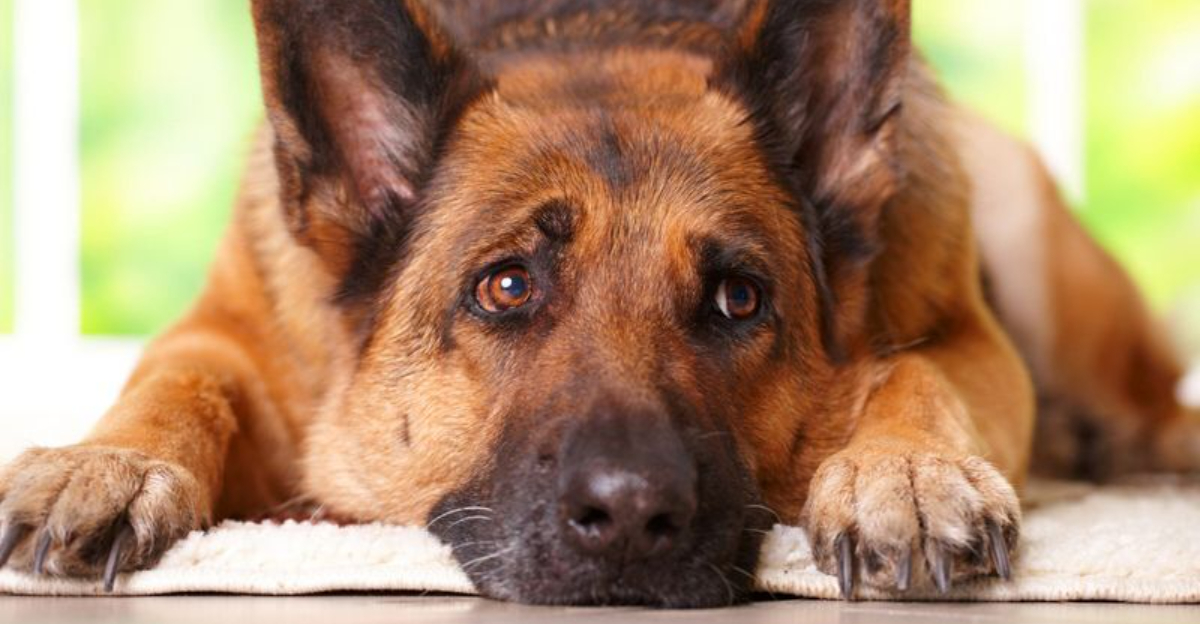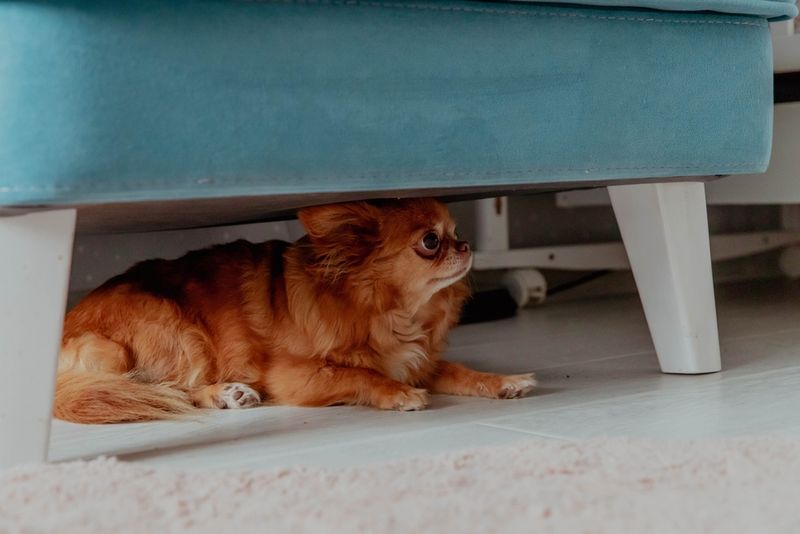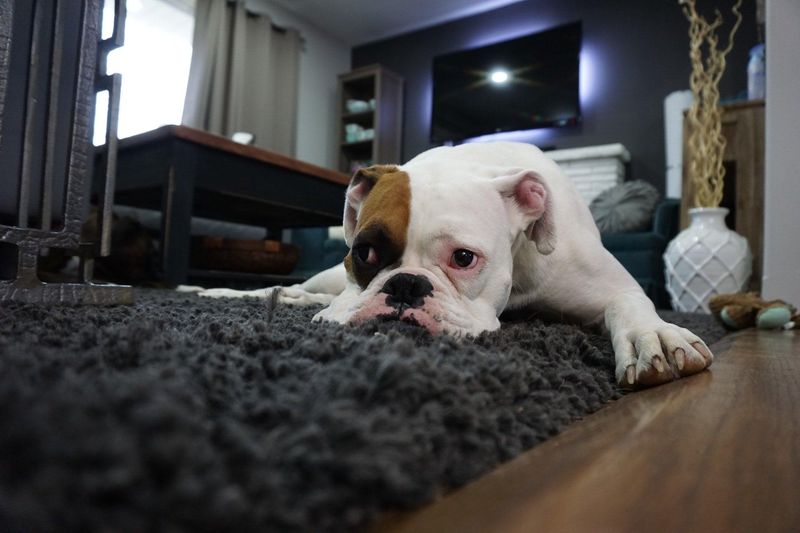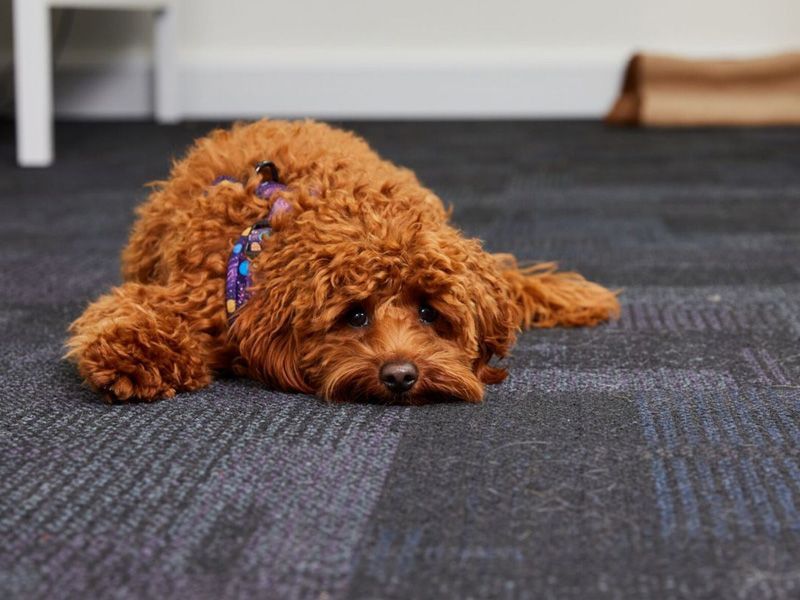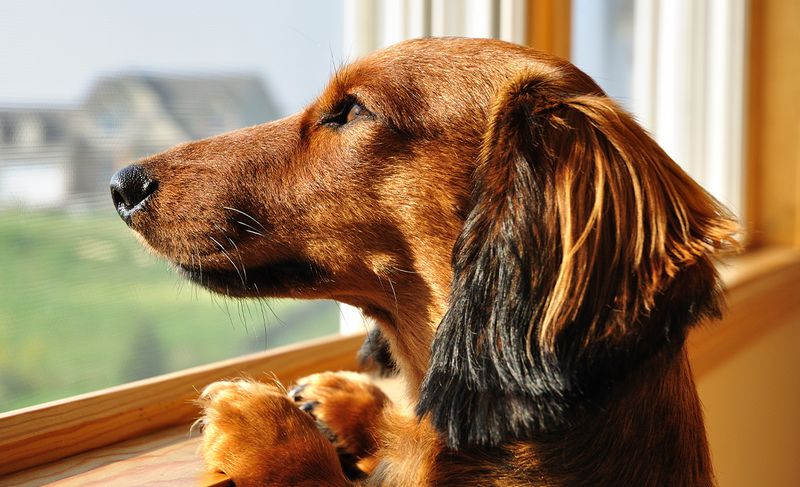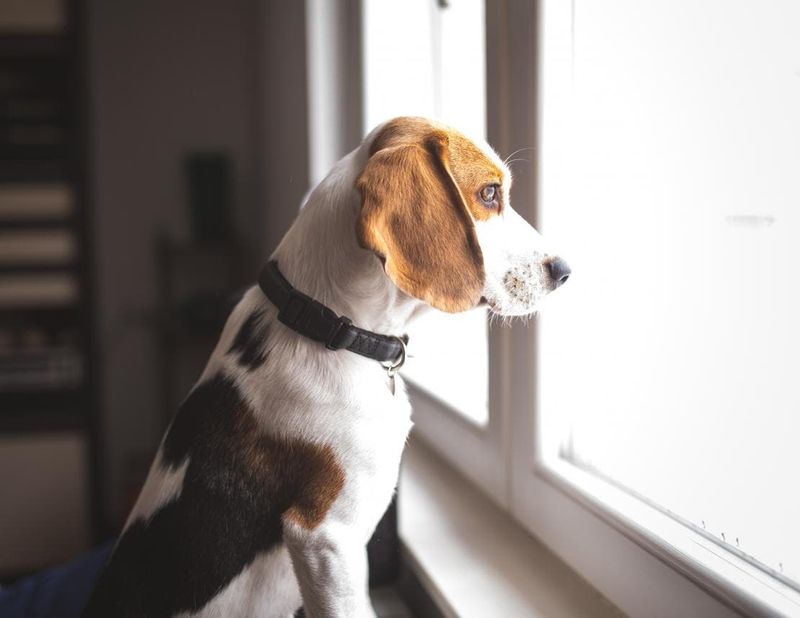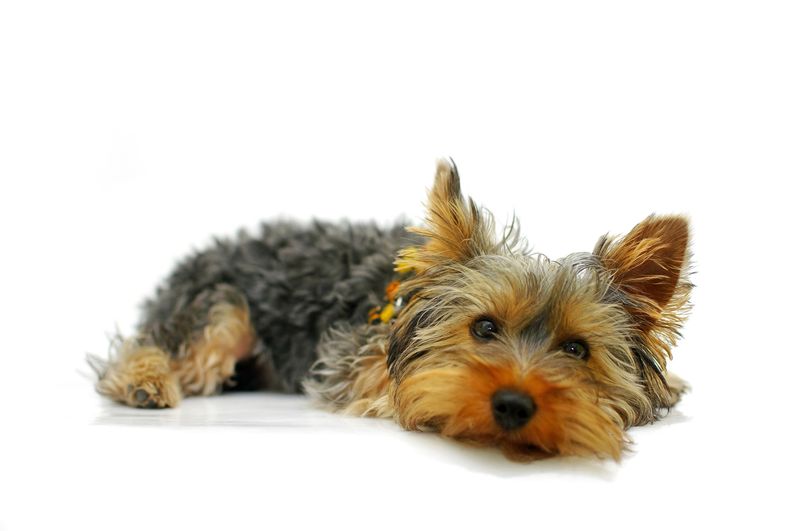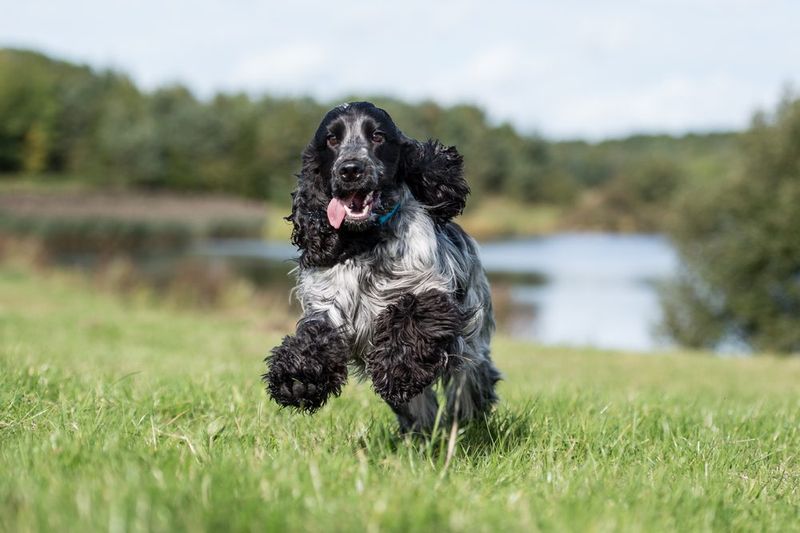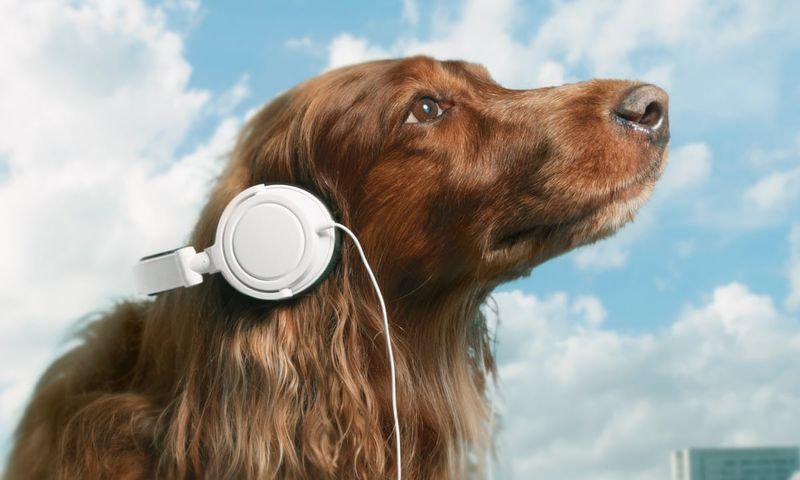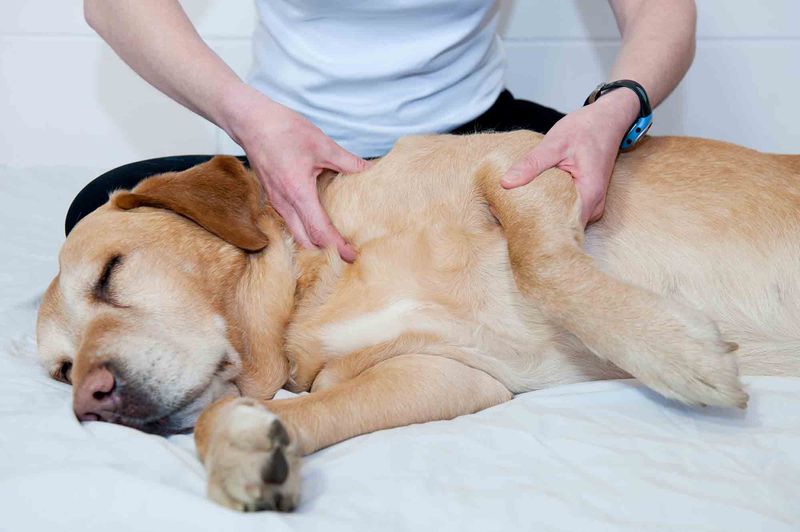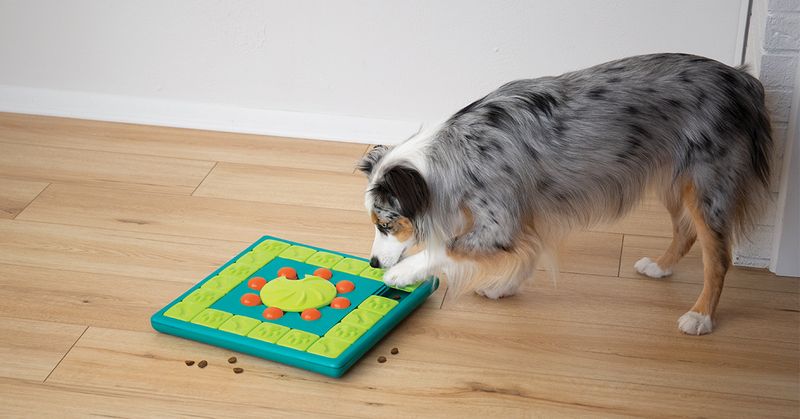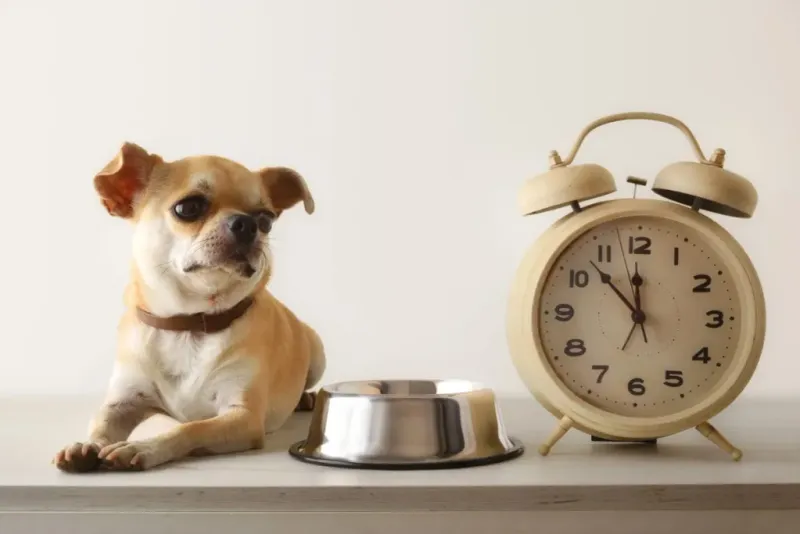Understanding canine anxiety can significantly improve our pets’ well-being. Different dog breeds manifest anxiety uniquely, which makes recognizing breed-specific signals crucial. This guide explores anxiety indicators for ten popular breeds, followed by five calming techniques to help alleviate stress.
Labrador Retriever
The ever-popular Labrador Retriever sometimes surprises with its anxious side. Unlike its usual jovial self, anxiety in Labradors often manifests in subtle ways. It might start with a slight tremble or tucked tail.
Their expressive eyes can appear worried, and they may stick unusually close to their owners. A usually playful Lab might even refuse its favorite toy.
Did you know? Historically, Labradors worked alongside fishermen, thriving in social environments. So, being left alone too long can trigger anxiety. Understanding these cues helps maintain the Labrador’s happy demeanor.
Chihuahua
Tiny but mighty, the Chihuahua often feels the world’s weight. Anxiety in these little dogs frequently appears as trembling or shaking.
Despite their bold personalities, rapid heartbeat and hiding are common when they feel threatened. Inconsistent routines often exacerbate these behaviors.
Interestingly, Chihuahuas hail from ancient Mexico, where they were cherished as companion animals. Their small size makes them more sensitive to environmental changes, so understanding their anxiety signals can ensure they remain the feisty, loving pets they are known to be.
Bulldog
With their distinctive wrinkles and calm demeanor, Bulldogs sometimes hide their anxiety well. It can manifest as excessive drooling or panting.
Often, they become lethargic, avoiding usual playtime or walks. The breed’s history of resilience, having been used in bull-baiting, belies their sensitive nature.
Bulldogs thrive on routine, and disruptions might cause them stress. These signs signal it’s time for reassurance and affection, helping to keep their spirits high and anxiety low. Always look beyond the stoic expression to understand what your Bulldog might be experiencing.
Poodle
Known for their intelligence and elegance, Poodles can surprise with their anxiety signs. The telltale pinning back of ears and a tense posture are common indicators.
They might become unusually clingy, shadowing their owners room to room. Historically, Poodles were water retrievers in Germany, making them highly sociable.
Changes in their grooming routine or home environment can trigger anxiety. Observing these signs ensures your Poodle stays relaxed and happy. Their iconic appearance belies a sensitive soul, needing care and understanding to thrive.
Dachshund
The playful Dachshund sometimes battles nervousness, retreating under furniture or beds when anxious. Despite their small size, they have a big personality.
Anxiety often shows as barking or whimpering at unfamiliar noises. Historically bred for hunting, continuity and routine are vital for their calmness.
Understanding their need for security helps to address their fears. Providing comfort items like blankets or toys can reduce stress, ensuring your Dachshund remains the lively companion it’s known to be.
German Shepherd
With a reputation for bravery, the German Shepherd occasionally faces its own fears. Anxiety in this breed can manifest through pacing or restlessness.
Often known for their loyalty, German Shepherds might become overly protective, barking at minor disturbances. A sudden change in their environment often triggers such behaviors.
Fascinatingly, these dogs have a rich history serving in police and military roles, where stability is key. Recognizing when your German Shepherd is uneasy can prevent undue stress, ensuring it remains the confident companion you adore.
Beagle
The Beagle’s curious and adventurous spirit occasionally gives way to anxiety, especially when alone. Drooping ears and a lowered head often signal their distress.
Despite their hunting lineage, which makes them keenly aware of their surroundings, abrupt changes can disrupt their sense of security.
Beagles have been beloved for their friendly demeanor, yet understanding their anxiety signals can enhance your bond. Ensuring they have plenty of activities and companionship keeps them content and cheerful.
Yorkshire Terrier
Yorkshire Terriers, with their charming personalities, can often display anxiety through excessive barking. Their small stature belies a courageous heart, but urban noises can make them uneasy.
They might also become clingy, seeking constant reassurance from their owners. Originating as ratters in Victorian England, they have a storied past of bravery.
Recognizing these anxiety signs ensures your Yorkie stays confident, navigating its bustling world with ease and comfort.
Boxer
Boxers, renowned for their playful nature, sometimes show anxiety through drooling and restlessness. Their exuberant energy can mask these signals, making it crucial to observe closely.
A sudden change in routine or environment often triggers these behaviors. Historically serving as working dogs in Germany, they adapt well to structure.
Offering a stable and loving environment helps maintain their spirited personality, keeping anxiety at bay and ensuring your Boxer remains a joyful companion.
Cocker Spaniel
Cocker Spaniels, with their gentle eyes and flowing coats, occasionally display anxiety through drooped ears and a forlorn expression.
These affectionate dogs may become overly attached, following their owners everywhere. Their history as hunting dogs explains their heightened sensitivity to changes.
Recognizing when your Cocker Spaniel feels uneasy allows for timely intervention, ensuring a calm and happy pet. Providing a consistent routine and gentle reassurance is key to their well-being.
Calming Technique: Music Therapy
Playing soft music creates a serene environment for anxious dogs. It helps mask external noises that might trigger anxiety.
Genres like classical or reggae have been found particularly calming. A study revealed that dogs exposed to such music experience lower stress levels.
Creating a playlist tailored for your dog’s preference aids in relaxation, promoting a sense of safety and comfort. Integrating music therapy into their daily routine can be a simple yet effective method to ease anxiety and enhance their overall well-being.
Calming Technique: Aromatherapy
Aromatherapy using essential oils like lavender or chamomile can significantly reduce canine anxiety.
These scents promote relaxation and reduce stress responses. It’s important to use pet-safe oils and consult with a veterinarian before application.
Diffusing these oils or applying them to a dog’s bedding can create a calming atmosphere. Integrating aromatherapy into your pet care routine can soothe anxious dogs, helping them feel secure and content.
Calming Technique: Massage Therapy
Gentle massage therapy can alleviate stress and anxiety in dogs by releasing tension. It provides a bonding experience, enhancing the emotional connection between pet and owner.
Focusing on areas like the neck and shoulders relaxes muscles and calms the nervous system. Regular massage sessions can significantly improve a dog’s mental health.
Incorporating massage into your pet care regimen offers a natural way to comfort anxiety-prone dogs, ensuring they remain happy and relaxed.
Calming Technique: Interactive Play
Engaging in interactive play provides both physical and mental stimulation, reducing anxiety in dogs. Toys that challenge their intellect or simulate natural instincts are particularly effective.
Such activities distract them from stress triggers, promoting a positive focus. Incorporating interactive play into daily routines ensures dogs remain active and mentally fulfilled.
This method keeps anxiety levels low, fostering a happy and energetic pet.
Calming Technique: Consistent Routine
Maintaining a consistent routine is crucial for reducing anxiety in dogs. Predictability in daily activities builds a sense of security, helping them feel secure.
Feeding, walking, and playtimes should occur at the same times each day. This structure alleviates stress, ensuring a calm demeanor.
By adhering to a routine, dogs learn to anticipate their day, which reduces anxiety and enhances overall happiness.
